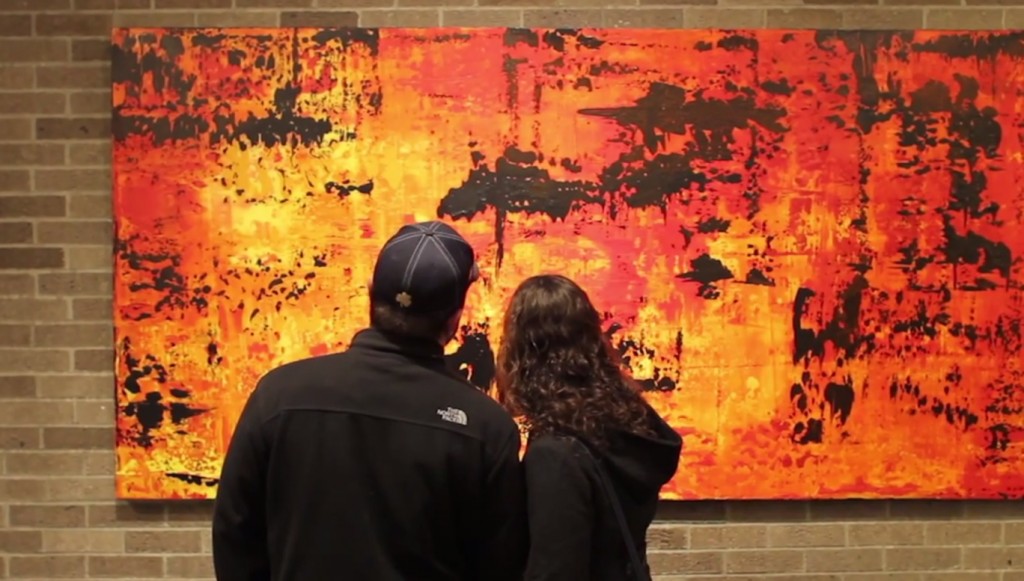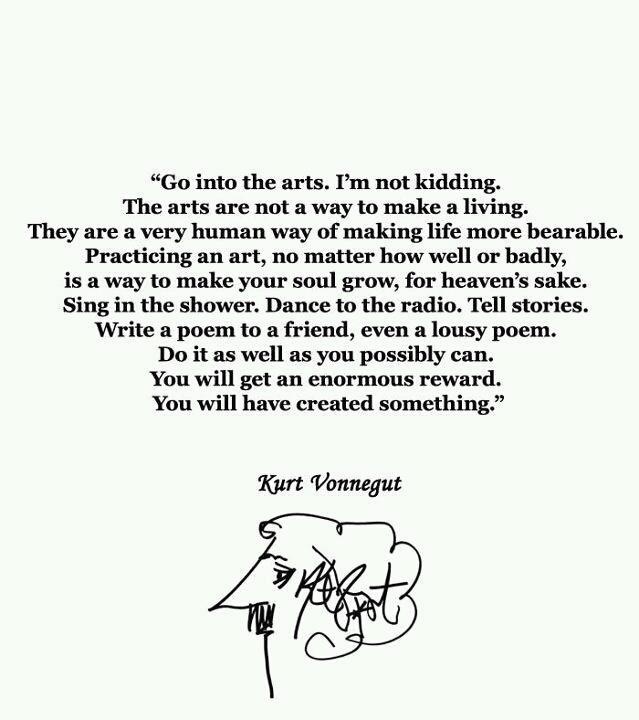What is Art for?
I am not an artist. I am simply one who seeks to feel out, and mull over what exactly is going on in the world around me. What I have to say here simply originates in my thoughts, and in the questions I find myself asking after spending nine months immersed in the artistic subculture that is the Harrison Center for the Arts. Throughout my time at HCA, I have had many conversations with artists about the respective philosophies surrounding their work. Naturally, these conversations have caused questions to arise in me as to what exactly is at the root of these philosophies. What informs them? What gives them life?
In my pursuit of truth I have found that questions serve as stepping-stones, not to answers per se, but to a deeper appreciation of the complexities of the world.
I have zeroed in on one question that seems to capture the dynamic dance of thoughts that are constantly in flux between my ears. The question? What is art for? Or perhaps a better phrasing would be: How does art fit into our story?
In the spirit of Hoosierdom, I have found a quote by Kurt Vonnegut helpful as a foundation for this discussion. In A Man Without a Country, Vonnegut says, “The arts are not a way to make a living. They are a very human way of making life more bearable. Practicing an art, not matter how well or badly, is a way to make your soul grow, for heaven’s sake.”
The picture the Vonnegut paints here is one portraying art as a key element to human flourishing. He shows us that the good of art is intrinsic in nature, and yet a catalyst in function. As one who until recently has thought of the arts as a high, and inaccessible product of cultural heritage, I’ve found that the Harrison Center tells a different story. HCA shows the Indianapolis community the power of art by allowing it to bring neighbors together in conversation and awe, while also showing us that our thirst for beauty must be quenched so that we might grow together.
So what it art for?
Art is for the good of a world existing in imperfection. It is for capturing the narrative of our age. It is for helping us examine our culture as we gaze into work that displays the eyes of the other. It is for community.



